#Low Light Camera
Explore tagged Tumblr posts
Text
What's Next in Low Light Sensor Technology?

Technology that can take crisp, clear pictures in low light is crucial in a world that never sleeps. The security, surveillance, and inspection sectors need cameras that function flawlessly even in low light levels since they are always on duty. However, to what extent has low-light sensor technology actually progressed? And how can the most recent advancements in low-light GigE cameras deliver the accurate image required for 24/7 operations?
This post dives into recent advancements in low-light sensors, with a focus on the critical role of low light GigE cameras and how they address challenges in demanding, low-light conditions. Let’s explore how these sensors are transforming visibility in near darkness and why upgrading to the latest low light GigE technology could be a game-changer.
The Demand for Low Light Performance in Industry
Industries such as security, industrial inspection, transportation, and even scientific research rely heavily on cameras that can produce high-quality images with minimal light. This demand has driven engineers to design sensors that can capture every detail—even under harsh lighting conditions. Despite all the advances, traditional low-light sensors still face significant limitations, leaving industries with critical unmet needs:
Clarity in darkness: Low-light sensors struggle with maintaining sharpness in near-complete darkness.
Minimizing noise: As light diminishes, image noise tends to increase, resulting in grainy or distorted pictures.
Sensitivity to motion: Low light conditions often challenge a camera's ability to capture fast movement, impacting security and monitoring applications.
Cost versus performance trade-off: Many organizations face difficulty balancing the budget for high-performance cameras with their business requirements.
Low-light GigE cameras have emerged as a solution to these challenges, promising a combination of high-speed connectivity and superior low-light performance. But what’s driving these advancements, and why might they be the answer to the low-light imaging needs of many industries?
Breaking Down Low Light GigE Camera Technology
Gigabit Ethernet (GigE) technology has long been used in industrial camera systems because of its ability to deliver high data transfer speeds over long distances. GigE has become essential for high-resolution, real-time image data, making it a natural match for applications requiring low-light capabilities. In recent years, GigE camera systems have integrated low-light sensors that amplify even the slightest bit of light, resulting in clear images even in dark environments.
Here’s what makes low light GigE cameras distinct:
High Bandwidth and Speed: GigE technology allows cameras to transfer large volumes of data quickly, which is critical when working with low-light sensors. The high speed is particularly advantageous for applications where real-time image analysis is needed, such as security surveillance or automated inspection systems.
Improved Sensor Sensitivity: Low-light GigE cameras are equipped with sensors that boast enhanced sensitivity, capturing more detail in low-light conditions than standard cameras. These sensors often feature larger pixels, which helps collect more light, even in minimal conditions, creating a clearer image with reduced noise.
Advanced Noise Reduction Technology: Traditional low-light cameras can produce “noisy” images, making it difficult to discern details. Many GigE cameras now feature noise reduction algorithms, effectively reducing graininess and improving clarity. This is especially important for applications like facial recognition and license plate reading, where details are essential.
High Dynamic Range (HDR): Many modern low-light GigE cameras include HDR capabilities. By capturing a broader range of light levels, HDR helps prevent “washout” effects from sudden bright spots in an otherwise dark image, ensuring a balanced and clear result.
Extended Cable Length: One of the primary benefits of GigE technology is its ability to transmit data over long distances (up to 100 meters), which is invaluable in large-scale installations or in scenarios where the camera needs to be far from the processing center.
Addressing the Customer’s Pain Points with Low-Light GigE Cameras
Low-light GigE cameras bring a new level of precision and detail to low-light imaging, effectively addressing the main pain points experienced by customers:
Enhanced Night Vision: For security and monitoring in low-light settings, the ability of GigE cameras to capture high-quality images at night or in dark spaces reduces the risk of missed details. With high-sensitivity sensors and advanced noise reduction, they offer visibility where traditional cameras might only produce shadows.
Reliability for 24/7 Operation: For industries that operate round the clock, GigE low-light cameras reduce downtime. Their durability and high-speed data transfer capabilities mean they can capture and transmit images continuously without losing quality or speed.
Optimized Cost Performance: While high-performance imaging equipment can often be costly, low-light GigE cameras balance performance with affordability. The single-cable solution of GigE eliminates the need for additional wiring, which can further reduce the overall cost.
Easy Integration into Existing Systems: With widespread compatibility and ease of integration into existing Ethernet networks, low-light GigE cameras make it simpler for businesses to upgrade their systems without extensive modifications.
Applications of Low-Light GigE Cameras
Low light GigE cameras are highly versatile and can support a range of applications across different sectors:
Security and Surveillance: As they perform well in both day and night conditions, these cameras are ideal for security purposes. Whether monitoring an industrial site, a warehouse, or a city street, they ensure no detail goes unnoticed, even under low light.
Traffic Monitoring and License Plate Recognition: With high-speed data transfer and low-light sensitivity, GigE cameras can capture clear images of vehicles and license plates, even on dimly lit roads. This is essential for traffic law enforcement and toll monitoring.
Industrial Inspection: GigE low-light cameras are effective for inspecting parts and products on high-speed production lines. Their high-resolution imaging helps identify flaws, contaminants, or other issues that might not be visible under low lighting.
Healthcare and Scientific Research: In fields such as microscopy, the ability to capture images under low light without additional illumination is often critical. Low-light GigE cameras can be integrated into medical imaging devices, providing clear visuals even in minimally lit environments.
Retail and Customer Analytics: These cameras are also being used in retail to track and analyze customer behavior, even in dim store environments, which can provide valuable insights for marketing and layout optimization.
Innovations to Watch for in Low Light GigE Camera Technology
Higher Resolution and Faster Frame Rates: As sensor technology advances, we can expect future GigE cameras to deliver even higher resolutions and faster frame rates, making it possible to capture even more detail in low light.
Better Integration of AI: Future GigE cameras are expected to include enhanced AI processing capabilities within the camera itself. This enables on-device analytics, which could allow for real-time decision-making in security, traffic management, or retail applications without the need for additional processing power.
Improved Miniaturization: As the demand for compact devices grows, smaller GigE cameras with low-light capabilities will become available, ideal for space-constrained applications like drones or wearable technology.
Energy Efficiency: Advances in sensor design are expected to lower the power requirements of GigE cameras, making them more suitable for remote or battery-powered applications.
Why Consider Upgrading to Low Light GigE Camera Technology?
Low-light GigE cameras provide a powerful solution to industries that require consistent, high-quality imaging under challenging lighting conditions. By improving both the visibility and accuracy of imaging systems, these cameras address critical operational needs and enhance safety, security, and productivity. Whether you are in security, industrial inspection, or another field requiring precise low-light performance, low-light GigE cameras could be the upgrade your system needs.
Ready to Take the Next Step?
If you're looking to enhance your low-light imaging capabilities, consider exploring low light GigE cameras. Visit our product page to find the latest solutions tailored to your industry needs and see how these cameras can bring you visibility when it matters most.
0 notes
Text
youtube
Unbelievable DJI Osmo Action 5 Pro Low Light Test in Downtown Toronto!
Footage from my new DJI Osmo Action 5 Pro: 4K/30fps, without any color grading & SuperNight mode is turned off. Join me as I take my brand new DJI Osmo Action 5 Pro for a spin in downtown Toronto!
In this video, I’m testing out the camera's low-light capabilities in one of the most vibrant cities in the world. From glowing city streets to stunning urban scenes, see how this camera handles night-time vlogging in 4K!
*Note*:-No color grading or SuperNight mode, just pure, real-world results. Check it out and let me know what you think in the comments, and also let me know if you want me to turn ON the SuperNight mode and make a vlog on that as well!
Join my Youtube channel to get access to special perks:
https://www.youtube.com/@UglyAndTraveling
If you enjoyed the video, leave your comment/ feedback and if you wanna be extra sweet, hit the LIKE button, share it with friends and subscribe to my channel for more travel videos coming up.
#travel around the world#travel vlog#travel blogger#uglyandtraveling#travel channel#travel backpack#ugly and traveling#traveling vlog#ugly & traveling#travel#Ugly And Traveling#canada travel vlog#moving to toronto vlog#toronto downtown tour#best places to visit in Canada#canada city beautiful places#dji osmo action 5#dji osmo action 5 pro#dji osmo action 5 pro review#dji osmo action 5 pro unboxing#dji osmo action 5 pro low light#dji action 5#dji action 5 pro#dji action 5 pro low light#best low light action camera#low light camera#dji camera#dji#action 5 pro low light#action 5 low light test
0 notes
Video
youtube
Disney World Wilderness Lodge Christmas Tree 2023 Insta360 Ace Pro Low L...
#youtube#ace pro#insta360 ace pro#widerness lodge#wilderness lodge#disney world#low light camera#action camera#christmas tree
0 notes
Text


Hims googly peepers...
#the low light mode on my camera is so funny bc it just looks like he's going OvO#mercutio#mercutio scunge#cute#birb#dinosaur#pigeon#birds#pet pigeon#rescue pet#pigeonblr#floof birb#birblr#feral pigeon
2K notes
·
View notes
Text

Grand Avenue | Sony Cybershot DSC-W55 | Andreas Garcia
#digicam#digital camera#sony#sony cybershot#color#color photography#original photographers#photographers on tumblr#dusk#gas station#low light#central coast#california#luxlit#lenblr#imiging#pws
110 notes
·
View notes
Text

Girl who can't take a decent photo of her outfit to save her life voice: "yeah I've been doing modeling stuff for a lil over ten years"
202 notes
·
View notes
Text
The Apothecary Diaries Artbook
I finally got my copy of the Apothecary Diaries Artbook! I really adore Touko Shino's art and it's wonderful to see the light novel's art on such a big canvas.

It contains almost all light novel art, including two-page spreads of memorable moments like the Jinmao hug (Vol.12).

There are also additional portraits like this gorgeous Maomao art:

The stunning princesses of the Verdigris House:

And even this illustration for Pocari Sweat:

We also have various character designs (Jinshi, Maomao, Chue and the fearsome Taomei and Maamei):





Plus other assorted illustrations:


#Apothecary Diaries#the apothecary diaries#kusuriya no hitorigoto jinshi#light novel#light novel spoilers#maomao#jinshi#chue#taomei#maamei#pairin#meimei#joka#sorry for the low quality pic my phone doesn't have the finest camera
265 notes
·
View notes
Text
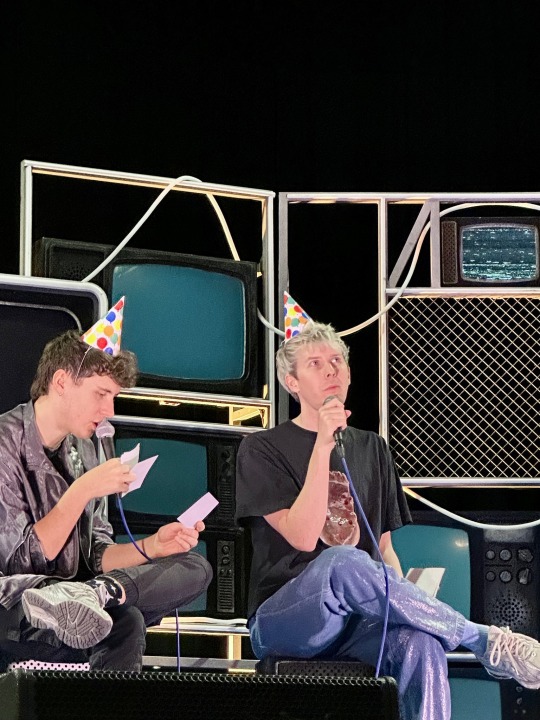

their aura at manchester night 2 was something so serious
#uktit#soulmates#phan#lowkey regret not getting a proper camera or even upgrading my phone before i went to london bc mine does so badly in low light#but that does kinda add to the ambiance of these pics a bit#only a bit though
43 notes
·
View notes
Text
What Makes GigE Cameras Essential for AMR Systems?
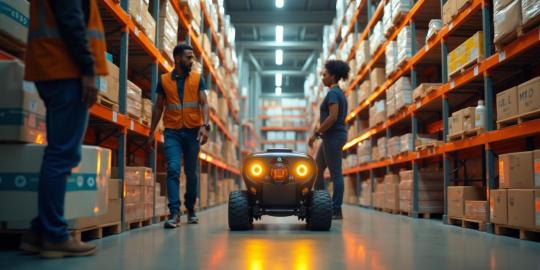
Automated mobile robots (AMRs) are changing the way that things are carried, stored, and retrieved in factories, warehouses, and even hospitals in today's rapidly changing industrial world. Have you ever wondered, though, what gives these robots their exceptional intelligence and ability to navigate challenging terrain by themselves? Might a camera hold the secret to releasing their greatest potential? In particular, how might a low light GigE camera let AMRs function normally even in difficult lighting situations?
As industries strive for higher productivity and greater efficiency, the need for reliable, high-performance cameras becomes undeniable. So, why are GigE cameras, particularly low light models, essential for AMR systems? And how can these cameras solve the most pressing pain points businesses face today? Let’s dive deeper into the reasons behind this and explore how these technological marvels are transforming AMR functionality.
Understanding the Importance of Vision in AMRs
AMRs, often used for material handling, security surveillance, and delivery tasks, rely heavily on vision systems to navigate their environments. Without accurate visual data, AMRs would struggle to detect obstacles, follow precise paths, or even recognize when to stop for a human operator. Cameras serve as the “eyes” of these robots, allowing them to understand and interact with their surroundings.
The challenge, however, lies in the environment. In warehouses, factories, and even retail stores, lighting conditions are not always ideal. Shadows, poor lighting, and dark corners can make it difficult for traditional cameras to capture clear and accurate images, hindering the AMR’s ability to navigate and perform tasks with high efficiency.
Why Low Light GigE Cameras?
This is where low light GigE cameras come into play. GigE cameras, equipped with high-speed Ethernet connectivity, allow for fast data transfer and superior image quality, even in environments with limited lighting. The key feature of low light GigE cameras is their ability to function effectively in low-light conditions, ensuring that AMRs can continue to operate around the clock without disruption.
For instance, in a dimly lit warehouse or an area with fluctuating lighting conditions, a traditional camera might struggle to produce usable footage. However, a low light GigE camera can capture clear images, even in challenging conditions. This ability is crucial for AMRs that need to operate at night or in less-than-ideal lighting without the need for additional artificial lighting systems.
Enhancing Navigation Accuracy with Low Light GigE Cameras
AMRs rely on their cameras for navigation and object detection. Low light GigE cameras excel in providing clear vision in dark or low-light spaces, thus enhancing the robot’s ability to make accurate decisions. Whether it's detecting obstacles, recognizing specific objects, or navigating tight spaces, the ability to capture high-quality images in low-light settings ensures the AMR can make reliable decisions quickly, even when visibility is compromised.
Without these cameras, AMRs would struggle to detect obstacles or pick up on visual cues that guide their path. For example, in a warehouse environment, dimly lit aisles or poorly lit sections can cause significant delays or even accidents. Low light GigE cameras allow the AMR to overcome this challenge, making them an essential tool for improving operational efficiency.
Real-Time Data Transfer and High-Speed Performance
Another pain point businesses face is the delay in data transfer. The need for real-time information is vital for operational efficiency. AMRs must send and receive visual data at high speeds to make split-second decisions. GigE cameras are designed to handle large data transfers at fast speeds without compromising the quality of the image.
The use of Ethernet technology in GigE cameras ensures seamless, high-speed connectivity. This means that the images captured by low light GigE cameras are quickly transmitted to the robot’s processing unit, allowing the system to analyze and react in real time. This is crucial for operations that require the AMR to respond to dynamic environments, such as navigating around obstacles or adjusting its course when it encounters a new object.
Cost-Effectiveness of Low Light GigE Cameras in AMR Systems
For many businesses, cost-effectiveness is a major consideration when investing in technology. The good news is that low light GigE cameras offer excellent value for money. Unlike other high-performance camera systems that may require expensive infrastructure or specialized components, GigE cameras integrate seamlessly with existing systems, allowing for a more cost-efficient solution.
By reducing the need for external lighting and providing reliable performance in low-light conditions, these cameras help businesses cut down on energy costs. They also minimize downtime and maintenance costs by reducing the need for frequent camera adjustments or replacements due to poor image quality.
Optimizing AMR Performance with AI and Low Light Cameras
Incorporating artificial intelligence (AI) into AMR systems has become increasingly popular. AI allows AMRs to learn from their environment and adapt to new situations over time. By integrating AI with low light GigE cameras, AMRs can perform even more accurately in challenging environments.
For example, AI can help the AMR understand how to navigate around moving objects or predict changes in the environment. When coupled with a high-performance camera system that provides clear visual data, the robot can optimize its performance to an even greater extent. This means fewer errors, faster task completion, and more reliable operations overall.
Unlocking New Potential for AMRs with Low Light GigE Cameras
The potential of low light GigE cameras in AMR systems is vast. As industries continue to adopt automation and robotics, these cameras are expected to play a significant role in improving the functionality and efficiency of AMRs. Whether it’s enhancing safety, boosting productivity, or enabling operations in previously challenging environments, low light GigE cameras are indispensable for ensuring the success of AMR systems.
For companies looking to stay ahead in the competitive landscape, investing in high-quality camera systems like low light GigE cameras is not just a smart decision—iit’s essential.
Why Your AMR System Needs a Low Light GigE Camera Today
If you're facing issues with your current AMR system's navigation or performance in low-light environments, it’s time to consider upgrading to a low light GigE camera. With its ability to deliver high-quality images in any lighting condition, improve decision-making, and optimize system performance, this camera can make a world of difference for your AMR operations.
Ready to Enhance Your AMR System’s Vision?
Don't let poor lighting hold back your AMR systems. Invest in a low light GigE camera to boost your robot’s capabilities and take your operations to the next level. Explore more and discover the perfect camera solutions for your needs at Vadzo Imaging.
0 notes
Text


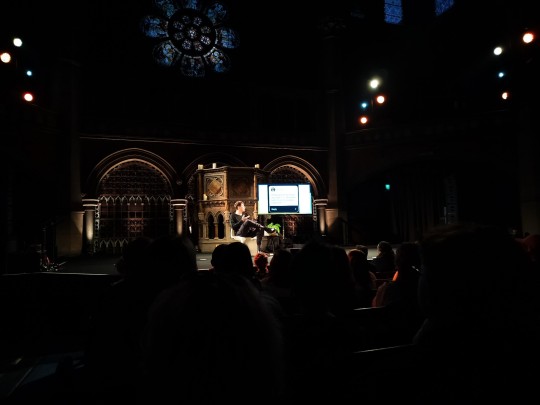
I got a couple of genuinely nice pics of Dan too so here you go
#my phone camera is not good in low light but he was moving too much for night mode lol#dan ldn event#daniel howell#dan howell#ywgttn#ywgttn london#dnp#dan and phil#phan
117 notes
·
View notes
Text

#i can never tell if LUTs are making my footage look “better” or not#i think i need to develop a better sense of intention with processing that has a specific outcome#i mean this footage is garbage its from my phone in low light so it doesnt matter#but id like to get a better camera#blog#visual record#smoking#cigarettes
45 notes
·
View notes
Text
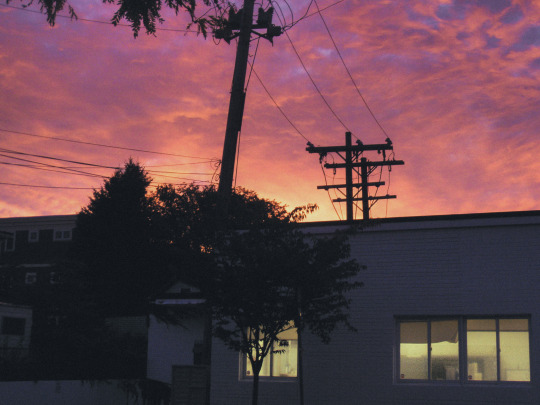
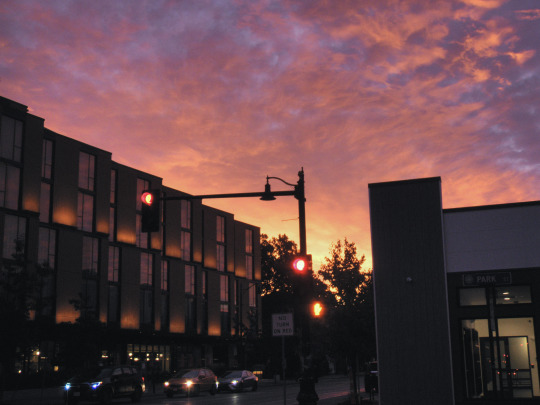
74 notes
·
View notes
Text
my attempts to photograph the blood moon were unfortunately futile (for the most part) because I severely underestimated the importance of using a tripod but they lowkey still look kinda cool so I'm still gonna post them here




(plus a couple of bonus photos that aren't of the blood moon)
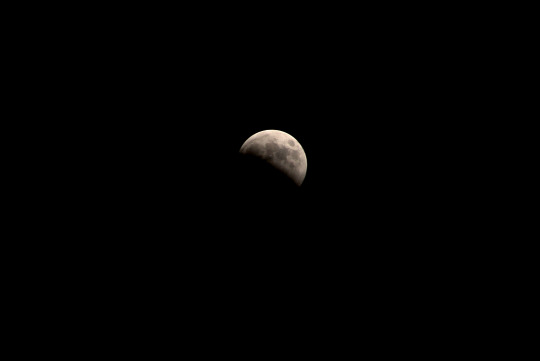


#junyu's photography#being able to see the blood moon in person was enough tbh#but also I'm gonna use this as an opportunity to rant because I'm incredibly mad at myself#ok so astrophotography needs a tripod because it requires a low shutter speed in order to get enough light#which is just a long winded way of saying that you're screwed if you don't have stable hands or a tripod#but the thing is#I LITERALLY HAVE A TRIPOD#IT'S IN MY HOUSE#I CAN PULL IT OUT AND WIELD IT AS A WEAPON IF I SO WISH#and the only reason why I couldn't use it earlier was because my dumbass lost the thing that attaches the camera to the tripod#so if I wasn't an idiot and actually kept all components of my camera in tact I never even would've had this issue#instead I had to sit on the floor and hold the camera against the tripod like some sort of caveman#I'm eternally grateful that I found a telephoto lens though#anyways.#moon :)
28 notes
·
View notes
Text
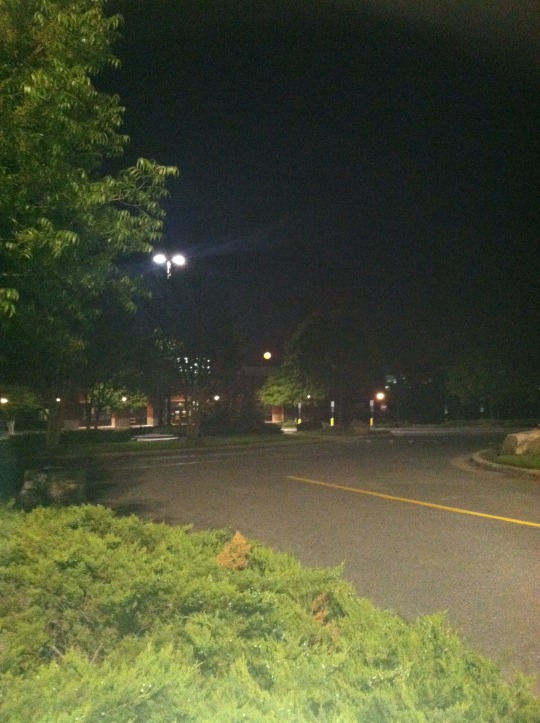
Nighttime, outside the school.
#night#moon#photography#flash photography#grainy#low res#digital camera#old photo#the south#southern usa#southeast us#southern gothic#rural america#american gothic#mine#small town america#dark#night photography#nighttime#street lights#liminal#liminal spaces
49 notes
·
View notes
Text

#brazil#brasil#são paulo#fotografia#photo#photography#artists on tumblr#love#tumblr#sp#bike#bicycle#paulista#night#low lights#road#role#vibe#life#lifestyle#ciclism#camera#cars#phtotographers on tumblr#original photographers
17 notes
·
View notes
Text
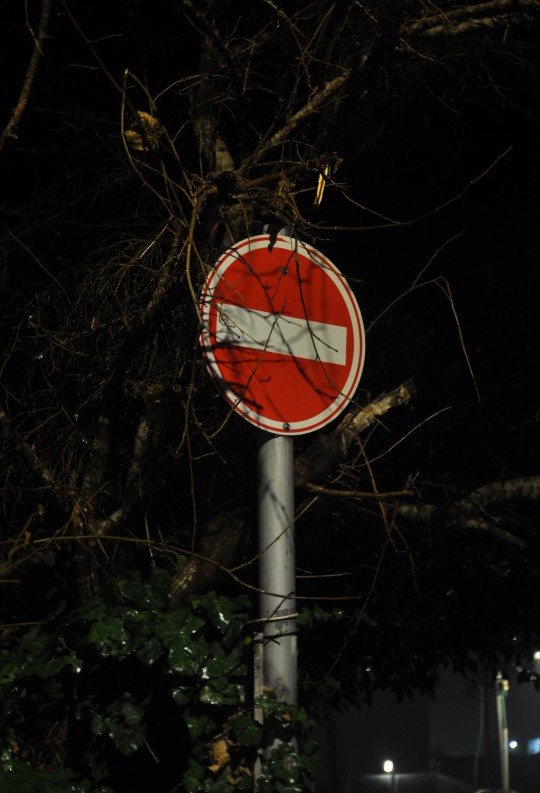
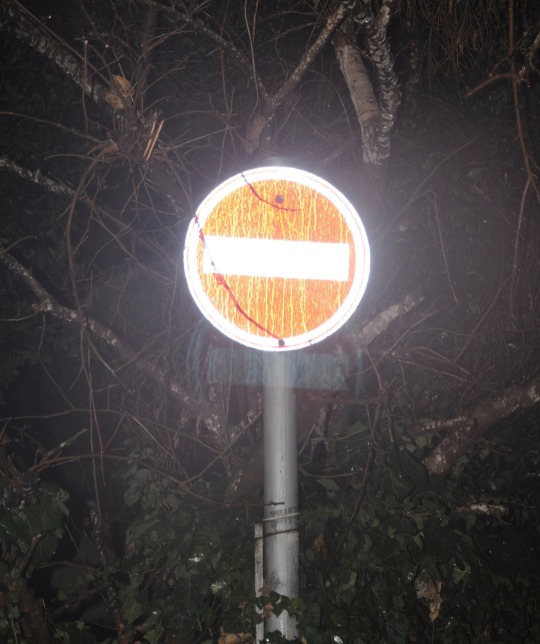



I wonder if it's blood, paint, or the reflection of the tree branches. Ig we'll never know XP
#photography#dark and moody#eeriecore#urban decay#night walk#stop sign#street signs#night photography#dark vibes#dark photography#eerie aesthetic#night#moody lighting#moody aesthetic#moody#artists on tumblr#flash photography#eerie atmosphere#blood splatter#digital camera#digital diary#street photography#low exposure#my photos#photographers on tumblr
16 notes
·
View notes